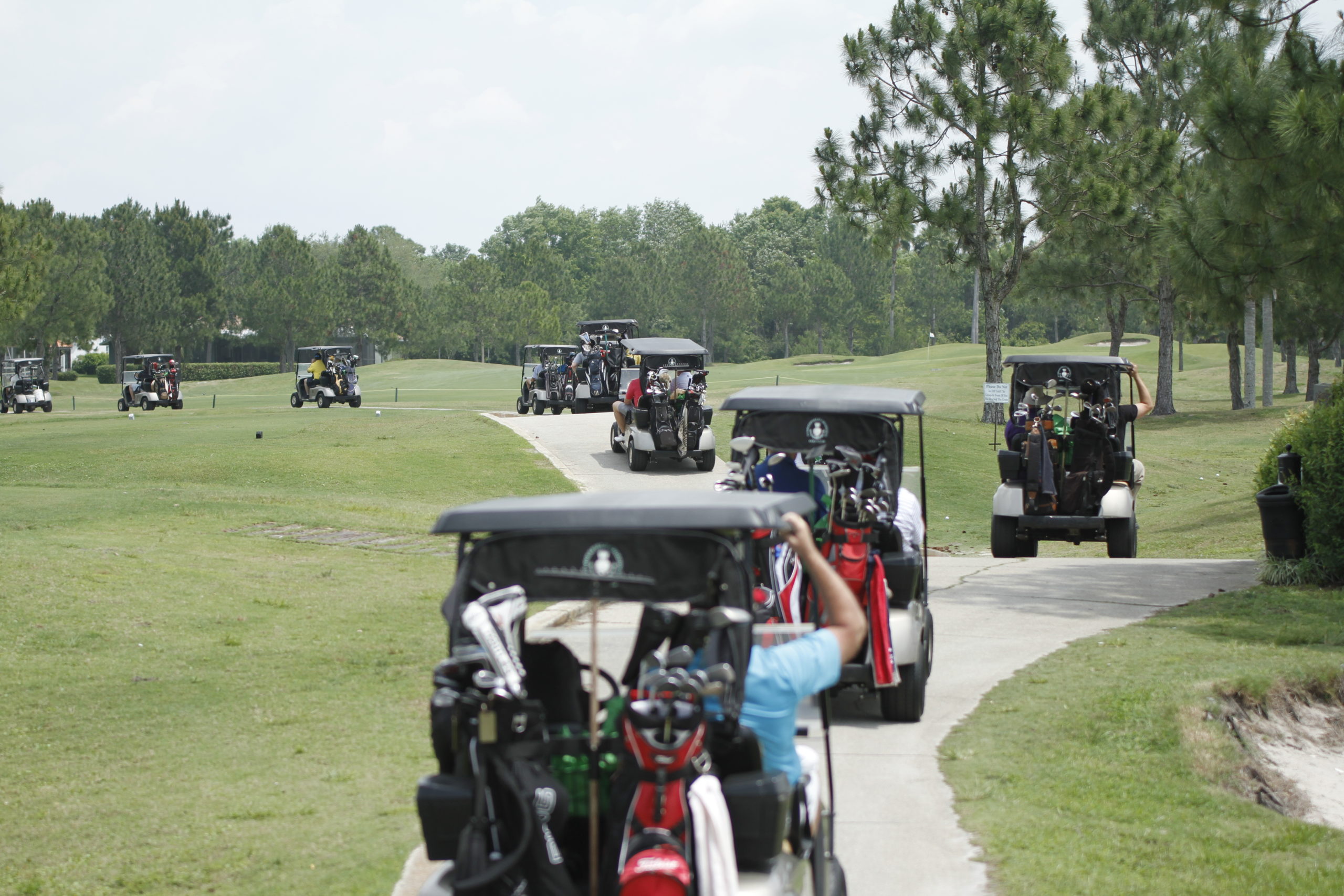The Bloomingdale Community
Located 15 miles south of Tampa, the Bloomingdale Community has its roots in cow pastures, and farm land. Today, the community is the largest neighborhood in Hillsborough County boasting more than 5,000 homes, 3 condominium complexes, and a population of over 23,000.
The area is further defined by the amenities it offers including; the Bloomingdale Golfer’s Club, a community sports complex for adult and little league baseball, and the Campo Community YMCA, and two county Parks and Recreation facilities. In addition, the Bloomingdale Public Library and several top-rated county schools are located within or around the community’s borders.
This is a unique community; in that, more than 5 separate developers took part in the building of Bloomingdale. Accordingly, there are 32 subdivisions, 16 with voluntary homeowner associations and 16 with mandatory homeowner associations. With so many developers, 45 separate deed restriction documents were created covering all the different sections within each subdivision. Today, only the mandatory HOA neighborhood deed restrictions are active.
Construction, in Bloomingdale, began in 1979 and with the exception of a few remaining lots, has now ended, with the final land development of Erindale Oaks, the newest mandatory HOA, in 2013. Development began in March 1979 east of Bell Shoals Road, in what we recognize today as Bloomingdale Pointe, formerly Section A, a subdivision of 201 homes.
The area developed rapidly between 1979 and 1989 with the addition of nearly 4,000 homes, one condominium complex, and the Bloomingdale Golfers Club. This development centered on both the east and west sides of Bell Shoals Road, and Culbreath Avenue, south of Bloomingdale Avenue. Construction continued through the present with the addition of 1,000 homes around Natures Way, and two additional condominium complexes.
Bloomingdale and Brandon Area History
Provided by the Tampa Bay History Center
Bloomingdale
In the late 1840’s, settlers began arriving in Bloomingdale, located in the vicinity of Lithia Pinecrest Road, Bell Shoals Road and Bloomingdale Avenue, north of the Alafia River. By 1885, the residents supported a Presbyterian, a Catholic, a Methodist and a Baptist church. Dr. Raymond was principal of Bloomingdale’s grade school, which was established September 23, 1884. The school was begun through the efforts of Ludwig Wilhelm Buchholz, a recent German immigrant, who began petitioning settlers for a school in 1883. Despite the rural and somewhat isolated setting, residents were drawn to the area during World War II. By the 1960’s, Bloomingdale had become a “bedroom community” and by 1990, its population reached 13,912.
Valrico (“Long Pond”)
A series of booms and busts best describes the history of Valrico, a community located east of Brandon sprawled across State Road 60. Several large cotton plantations existed in this region of antebellum Hillsborough County known as Long Pond (Lake Valrico). Between the end of the war and the 1880’s, the area was sparsely settled. This would change with the arrival of the railroad and several enterprising immigrants, including William G. Tousey, a Tufts College psychology professor who moved to this section of Hillsborough County in the late 1880’s. Tousey is credited with christening his new community “Valrico,” a Spanish word meaning “valley of gold.” Valrico has the distinction of being the only community in the country with that name.
Bloomingdale Today
Today the Bloomingdale area exists within the borders of Valrico and Brandon, and is currently the largest neighborhood within the Tampa Bay area, comprised of over 32 individual neighborhoods and approximately 5,200 homes.
http://www.hcflgov.net/en/newsroom/2018/03/30/neighborhood-spotlight-bloomingdale
Key features: Bloomingdale Golfers Club, Campo Family YMCA, Bloomingdale East and West parks, Bloomingdale Public Library, a sports complex for youth and adult baseball/softball, and the award-winning Bloomingdale Gazette monthly newspaper
Area public schools: Cimino and Alafia elementary schools, Burns Middle School, Bloomingdale High School
Signature gatherings: Community-Wide Garage Sale, Annual Clean-Up, Easter Bunny Visit, Santa Visit, and Charity Food Drive. There also are opportunities for teens to earn community service hours through volunteer efforts and a $2,000 scholarship awarded to a college-bound high school senior.
Honors: Many county awards since 2013 from Hillsborough County Neighborhood Relations for communications, special events, improvements, effective leadership, and more.
What’s next? The Bloomingdale Neighborhood Association hopes to expand to neighborhoods beyond the community’s original boundaries, strengthen its relationship with area businesses, and improve safety on Natures Way.
Resident’s comment: “It is a friendly and family-oriented place that truly gets better with age,” says George T. May IV, former president of the Bloomingdale Neighborhood Association.
Bloomingdale Neighborhood Association Contact Info
Phone:(813) 681-2051; Email: Bl.Neighbor1@gmail.com;
Website: www.bloomingdale.life; Facebook page
